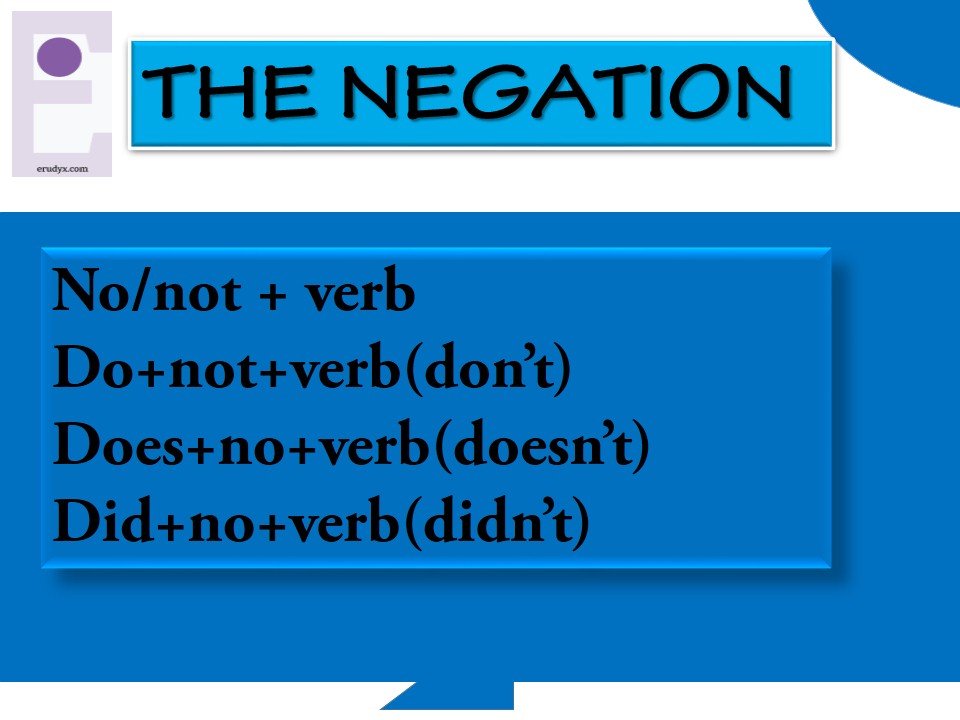A- TO
The two-letter word « to » can be used as a particle or a preposition in sentences. Anyway, the function that the latter will play in the sentence will be designed by the sense of the sentence itself. In this part, we’ll point out different cases in which we use *_to_* both as a particle or a preposition.
a.To as a particle:
- express a goal or a purpose. Ex: I went out to check if the car was still there
- mark the following verb as an infinitive. Ex: I was to give him a price before he starts.
b. To as a preposition
- to show or indicate a destination. Ex: Peter and his mates are going to school.
- to show the recepient of an action or something. Ex: I gave my books to my brother.
- denotes the end of a range. Ex: It can take 3 to 6 months to finish the construction.
- used after an adjective to show it’s application on something or somebody: « Kind to…. », « Equal to…. », « Similar to... », etc. Ex: He was really kind to him.
- used to indicate exponentiation : that the preceding term should be raised to the power of the following value. Ex: Four to the power of two is sixteen. Three to the power of three is 27.
- In arithmetic, used to compare or to indicate a ratio. Ex: I have five marbles to your three. Six to two (=6:2)
- Used to indicate time. Ex: Half to nine (= 8:30). Quarter to six (= 5:45)
B- IN
Meaning « dans » in French, the two-letter word « In » is used to indicate inclusion, location, position.
This can be shown in many domains:
- Contain
The pen is in the bag. We found only two fishes in the net.
- Surrounding
We are only two offensive players in the opposing team’s field
- Clothing
The girl in yellow dress is my girlfriend.
- Membership/ Part of
I am in « Red Cross ». He was the only one in a thousand.
- Time/Period
My first entrance was in July.
C- ON
- On one hand, « On » is used to show the position, the location of something, not being contained by the latter. Comparing to the preposition « in » which designate contents, « on » shows shallow or superficial position of objects :
On the desk, on the bottle, on the left, on the right, on my way… Ex : The label is on the bottle. The students left their bag on the desk for a short time.
- On the other hand, « On » is generally used to locate objects vis-à-vis of things or materials that cannot contain…
We can sometimes hear: on a page, on a map, on the ground, on the coast… Ex: This dish is not on the menu. Where is Cape Town on this map??
- We can also use « on » with days to indicate the time an event occured or will occur.
Ex: We are having a party on Sunday after church service!
PS: Don’t use on with the adverbs today or tomorrow or yesterday.
I am coming on today❌
I am coming today✅
The package will reach you on tomorrow❌
The package will reach you tomorrow✅
Test
To check your understanding of this lesson, here is a test for you. Your answers in the comments will be gladly appreciated by our team:
A-Choose the correct word to complete the sentences:
1- Erudyx Team is having a party show…….. Monday afternoon.(on, in, to)
2- Don’t worry. The plane will land off ……..the evening. (in; on)
3- We are traveling……..Kumasi tomorrow (to, in, on)
4-Where is the key? The key is …….the door. (in; on)
5-The soldiers were taken…..hospital after the terrorist attack. (to, in, on)








